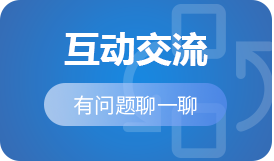Head of UNDRR's message on World Tsunami Awareness Day
Tsunamis can be one of the deadliest and most devastating hazards.
In the face of such devastation, early warning and early action remain our most effective tools for protecting people from tsunamis.
So valuable was this knowledge, that many indigenous coastal communities passed it down for generations through stories and songs.
We now have the technology and means to ensure every coastal community is covered by a tsunami early warning system, yet gaps remain.
First, early warning systems must cover every at-risk person, no matter how remote or what language they speak.
Second, tsunami early warning systems should be multi-hazard because not all tsunamis are caused by earthquakes.
Third, even when systems are in place, communities are sometimes not aware of the risks they face or how to respond to warnings. Communities must be prepared to take early action.
On this World Tsunami Awareness Day, let us commit to closing these gaps by achieving Target G of the Sendai Framework to expand early warning and early action for everyone.
No one should be left behind when a tsunami strikes.






